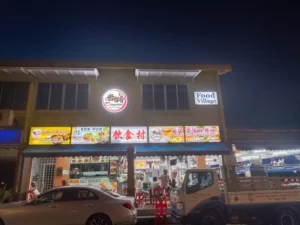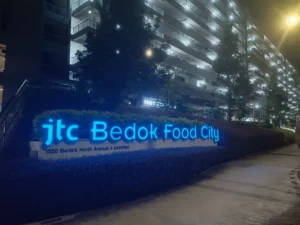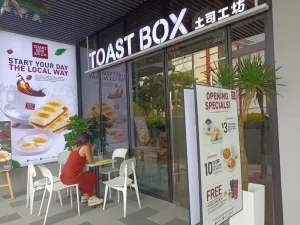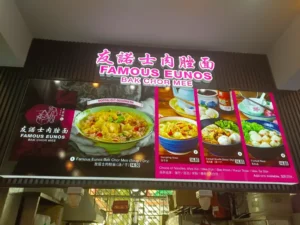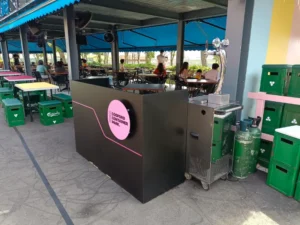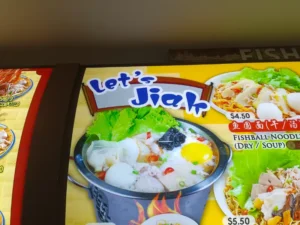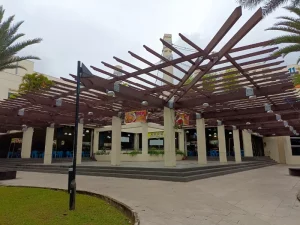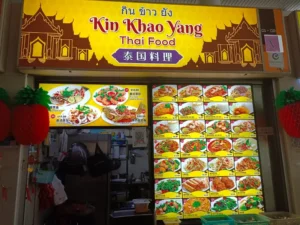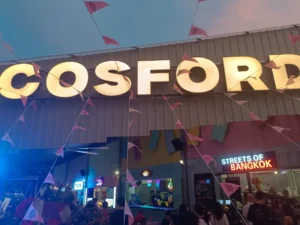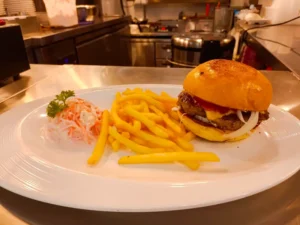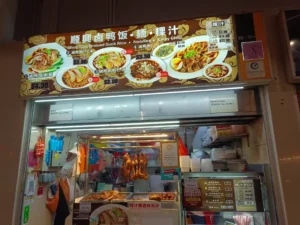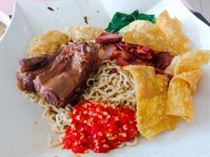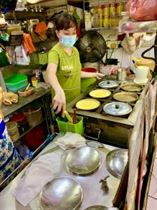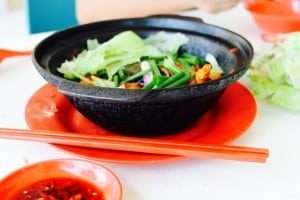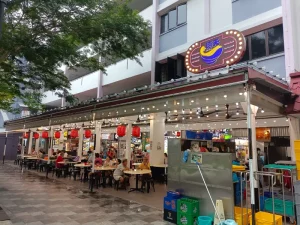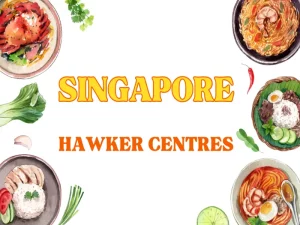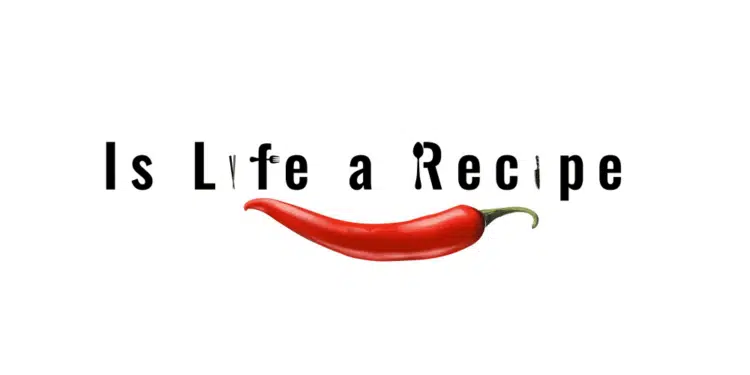Hawker Reviews
The Hawker Centre is the life blood of Singapore
Hawker Review Content
This Singapore Food Blog is a mix of our own recipes, travels, family fun, restaurant, and very importantly to us, hawker reviews.
It’s an eclectic blend of East meets West fusion from our travels to Cambodia, Thailand, Vietnam, the Philippines, Malaysia, Indonesia, Hong Kong, India, Japan and many more beyond. During the hard times of Covid, we tried in earnest to support our local hawker communities writing our engaging blogs, to not only attract new customers but also play a vital role in keeping them open. We’re humbled by what we achieved.
This continues to date with our very own Brian being asked to be a Singapore Food Ambassador and TV Show presenter on a new episode of the Rockin’ series for German TV company ProSieben. Rockin’ Singapore airs in April 2024. Watch out for that as he takes the German film crew to Lau Pa Sat and East Coast Food Village.
Brian is also a regular guest on CNA 938 Radio with Lance and Daniel making hawker and restaurant reviews for listeners as they drive home.
Brian is also the only return ‘guest’ to the infamous Russian Vlogger, Max Chernov: Max Chernov Episode 1, and Max Chernov Episode 2 – both of which were filmed and feature a number of Singapore’s hawkers.
Our Hawker reviews section is a harmonious blend of East-meets-West fusion inspired by street food journeys to captivating destinations like Cambodia, Thailand, Vietnam, the Philippines, Malaysia, Indonesia, Hong Kong, India, Japan, and many more. Even beyond our borders, the quest for exquisite flavors continues.
Explore the world of gastronomy and uncover the hidden treasures of hawker delights. Whether you’re seeking the best hawker food in Singapore, looking for hawker center reviews, or discovering top hawker stalls in your chosen location, there is no better place or hosts than Brian and Spencer.
Our hawker food blog hopefully will become your ultimate guide, offering recommendations, foodie reviews, and insights into local hawker dishes. Don’t miss out on must-try hawker stalls, and let us take you on a delectable journey through the heart of culinary excellence. Worht calling out, when we review and say best, that is our honest opinion – unlike other Singapore Food Blogs who take money to place blogs in their order of merit of who pays most is the best.
Singapore is a fusion of cultures and cuisines, and its hawker centers are the best place to see this. These open-air food markets are common in the city-state and provide a large selection of good, inexpensive cuisine that will fulfill any hunger.
There are many hawker centers in Singapore, and each one has a different range of food booths. A broad variety of international cuisine is available, including traditional Chinese meals, Indian curries, Malay satay, and more. It’s a terrific spot to socialize with the locals and taste new foods because the meal is frequently prepared freshly to request and served at communal tables.
The Chinatown neighborhood’s Maxwell Food Centre is one of Singapore’s most well-known hawker centers. It is renowned for both the broad range of seafood vendors and local cuisine, including the well-known Tian Tian Hainanese Chicken Rice. In the financial district, there is another well-known hawker center called Lau Pa Sat. It is a traditional market that has been operating since 1894 and provides a variety of regional and global food.
Hawker centers are excellent places to eat as well as to learn about Singaporean culture. These food courts provide a window into Singaporeans’ daily life and serve as a representation of the city-diverse state’s populace.
Many locals have breakfast, lunch, and supper in hawker centers, where it’s usual to see friends and families seated around a table sharing a meal.
Even though they might not be the most upscale dining establishments, hawker centers are a must-see for every food enthusiast visiting Singapore. The pricing are reasonable, the cuisine is excellent, and the ambiance is lively and genuine. Therefore, the next time you visit Singapore, make sure to visit a hawker center and enjoy some of the delectable regional fare.
Singapore Hawker Heritage
For those who are unfamiliar, hawker centres in Singapore are essentially large food courts consisting of stalls around the perimeter that serve a variety of foods and beverages in addition to full meals, snacks, and drinks. You can typically choose from a variety of dishes inspired by the region’s cuisine as well as cuisines from other parts of the world, such as Chinese, Malay, Indian, Indonesian and Western cuisine.
They were constructed to offer a more hygienic alternative to mobile hawker carts, and they house a large number of vendors selling a wide range of low-cost meals. At the restaurants, diners are usually given their own table and chairs and unique plates and cutlery just for that stall with communal table-clearing and dishwashing.
Centres like this one are often managed by a governing government body. The management of the facilities and the leasing of stores to vendors who seek to sell their items fall within the purview of this body. This has been evident of late with a major focus island-wide at food hygiene and the government has been upgrading many hawkers.
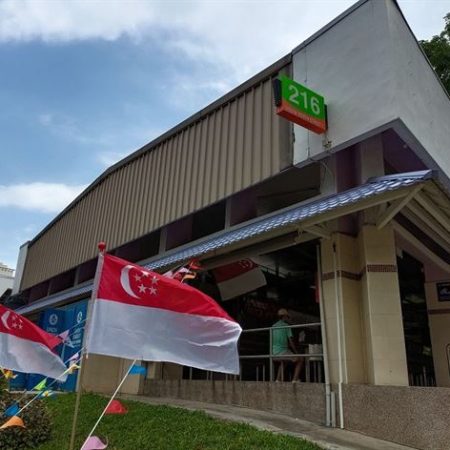
Aligned with this initiative you may have seen the little placards in all hawkers. The A, B, C, D and wondered what they are for. Well, it is related to the food hygiene exams you have to pass in Singapore before you can prepare and serve food. No different to your school exams, an A is a top-grade pass mark. I have done a version of this exam myself and achieved the mandatory 100% pass mark, I guess that means Islifearecipe.net and ChillaxBBQ are officially A-Grade.
As of December 2020, the hawker culture in Singapore has been formally recognized by Unesco as part of the world’s cultural heritage. This proposal was accepted by a 24-member international committee in virtual procedures. After nearly three years of labour by the National Heritage Board, the National Environment Agency, and the Federation of Merchants’ Associations, the entire procedure took just three minutes to complete.
Having hawker culture on the list commits Singapore to protect and promote it. The country will have to submit a report every six years to Unesco, showing the efforts made to safeguard and transmit hawker culture to future generations. Let’s hope that gets honoured.
At most centres these days you can even have ‘table service’ for drinks, keeping that supply of a most important bed-fellow to hawker food flowing. That would be the long-neck beers. Icey-cold and super cheap. There is no better accompaniment.
We have made many friends who own stalls, and some are recognised in Singapore as fathers of hawker food. Such as KF Seetoh, the founder of Makansutra, a company dedicated to the celebration of Asian food, culture, and lifestyles. We had the great fortune to meet Seetoh at Street Food Congress with his great mate, now sadly missed, Mr Anthony Bourdain. Seetoh has taken the promotion of Singaporean hawker food to incredible heights, and recently opened in New York.
These establishments include the halal burger joint Ashes Burnnit, the famous White beehoon chain located in Sembawang, and the trendy coffee stall Kopifellas.
Also included on the list is the Hainanese Western stall Smokin’ Joe, the Hokkien-style prawn noodle soup purveyors Prawnaholic, the Malay and Indonesian cafe Padi@Bussorah, the Indian stall Mamak’s Corner, and Mr Fried Rice. The iconic Dragon Phoenix, which is famous for its chilli crab and for inventing the yam ring, is also included on the list of 11 stalls to date.
No wonder he gets coined as; “Food Guide Maven” (New York Times), “ Singapore’s de facto Street Food Guru” and “Guru of Grub”(CNN).
At IS LIFE A RECIPE we pride ourselves on being two Angmo’s that have a passion for local food and our local hawkers. Well, we have lived here for a combined 35 years now on writing this. We don’t just focus on the top-end of-town restaurants for our food blogs and reviews. We try to help promote our local Singaporean fare, especially recently through Covid, which were tough times for a lot in the hawker industry.
In our humble opinion, hawker food is the best food in Singapore.



